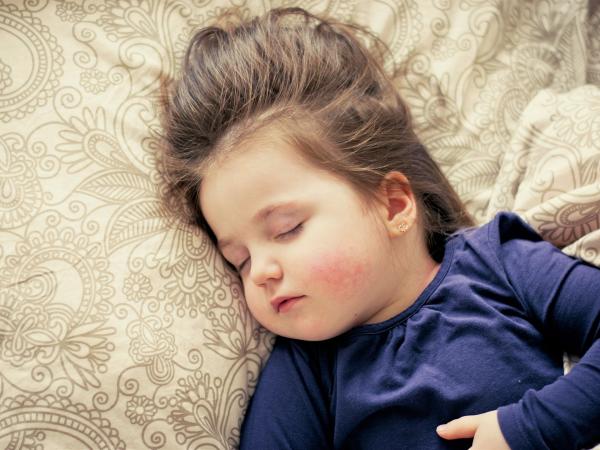The CDC data are based on all cases reported to the national poison data system, the American Association of Poison Control Centers’ dataset. Between 2012 and 2021, 260,435 pediatric ingestions of melatonin were reported, 2.25% of the total. In this instance, pediatric includes children to age 19.
The Dots
- 94.3% were unintentional, occurring at home 99% of the time, and 88.3% were managed at home
- 88.3 were asymptomatic – the phone calls of worried parents
- Over the nine-year interval, pediatric melatonin ingestions increased 530%, largely unintentional ingestions among children aged five or less.
 Of the 11.7% that had gastrointestinal, cardiovascular, or central nervous system symptoms requiring care at a “health care facility,” the majority (71.6%) were discharged, but 14.7% were hospitalized, and 1% required intensive care.
Of the 11.7% that had gastrointestinal, cardiovascular, or central nervous system symptoms requiring care at a “health care facility,” the majority (71.6%) were discharged, but 14.7% were hospitalized, and 1% required intensive care.- The hospitalized were predominantly teenagers with intentional ingestion.
- The public demand and the market for melatonin have increased sales by more than 150% during the same interval.
Connecting the dots
“Increased sales, availability, and widespread use have likely resulted in increased access and exposure risk among children in the home.”
Chief among the CDC’s causative factors was the pandemic, with children being more at home and sleep issues increasing for the entire population – more exposure to the drug. But a Canadian study points to a different and more widespread problem in the wild-west, that is, the supplement market – the claims on the bottle do not match its contents.
The study, published in the Journal of Clinical Sleep Medicine, analyzed 31 melatonin samples.
“The results of melatonin content across brands, supplement type, and lot demonstrates significant variability from label claim. Though a decrease in actual melatonin content as compared to label claim was expected because of degradation or stability issues, the number of products with a significant increase in melatonin content was not anticipated.”
- Melatonin content ranged from −83% to +478% of the labeled content.
- 71% of the tested samples were not within 10% of the label claim.
And here is a fun fact, 26% of those supplements contained serotonin. Serotonin is a biosynthetic precursor to melatonin, but unlike melatonin, it is a potent neurotransmitter and has been implicated in many “disease states.” Serotonin is not considered a supplement; it is a controlled substance. It is a contaminant in the supplement. How it wound up in this over-the-counter sleep aid is unclear.
- Much of the melatonin is synthesized, but serotonin is not among the precursor chemicals
- Some serotonin may be “natural phytoserotonin” from plant extracts used in serotonin supplements – ironic that a natural ingredient might be a source of harm.
- The degradation of melatonin over time is poorly understood.
But as the researchers wrote
“The presence of unlabelled but significant quantities of serotonin in melatonin supplements is of particular concern, as these types of supplements are poorly controlled, often self-prescribed, and could easily lead to an accidental overdose. It is therefore important to identify the source of this contaminant serotonin.”
Oversight of supplement manufacturing remains an obligation of the FDA. But there is no pre-market analysis of the contents of supplements; after all, they are “food.” Of course, OTC melatonin is now banned in Canada, the United Kingdom (UK), European Union, Japan, and Australia – all of which regard it as a prescription medicine.
Source: Pediatric Melatonin Ingestions — United States, 2012–2021 CDC Morbidity and Mortality Weekly Report
Something Weird Is Going On With Melatonin The Atlantic




